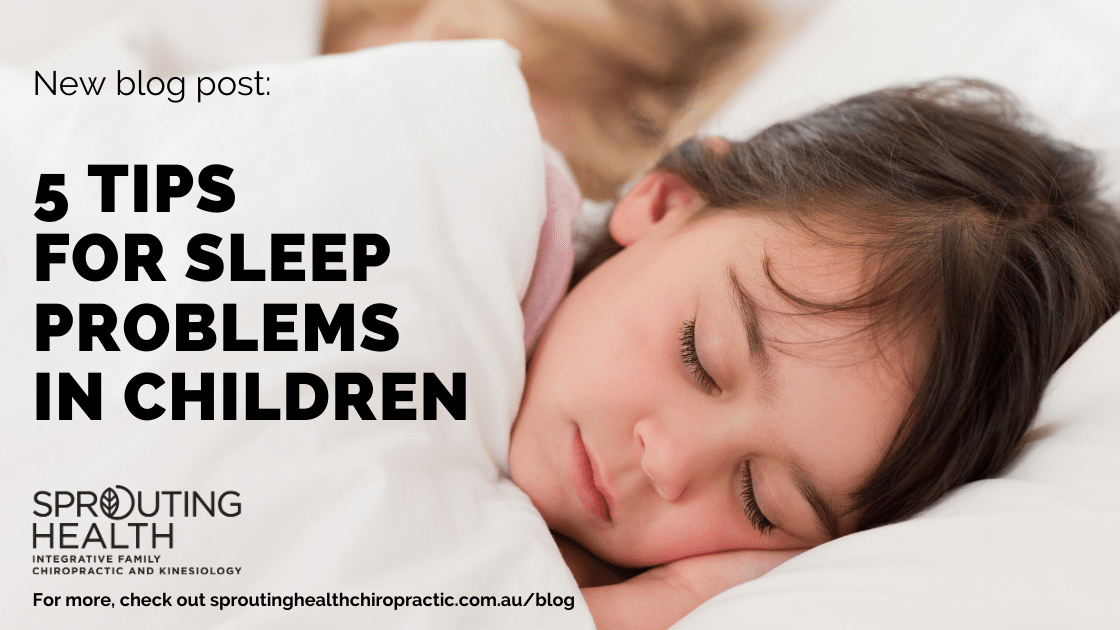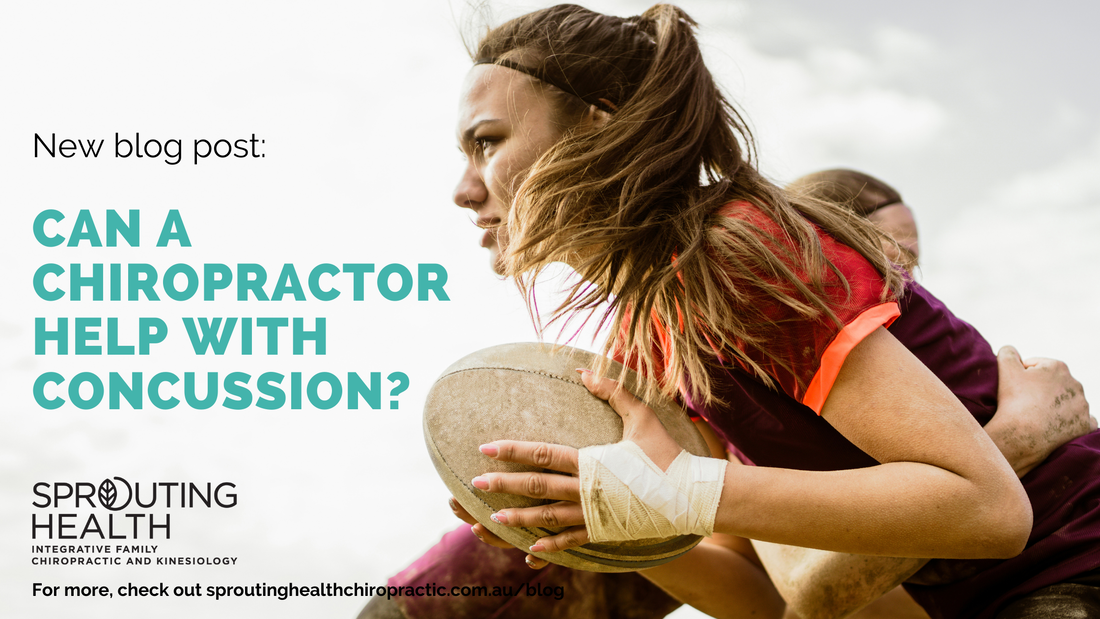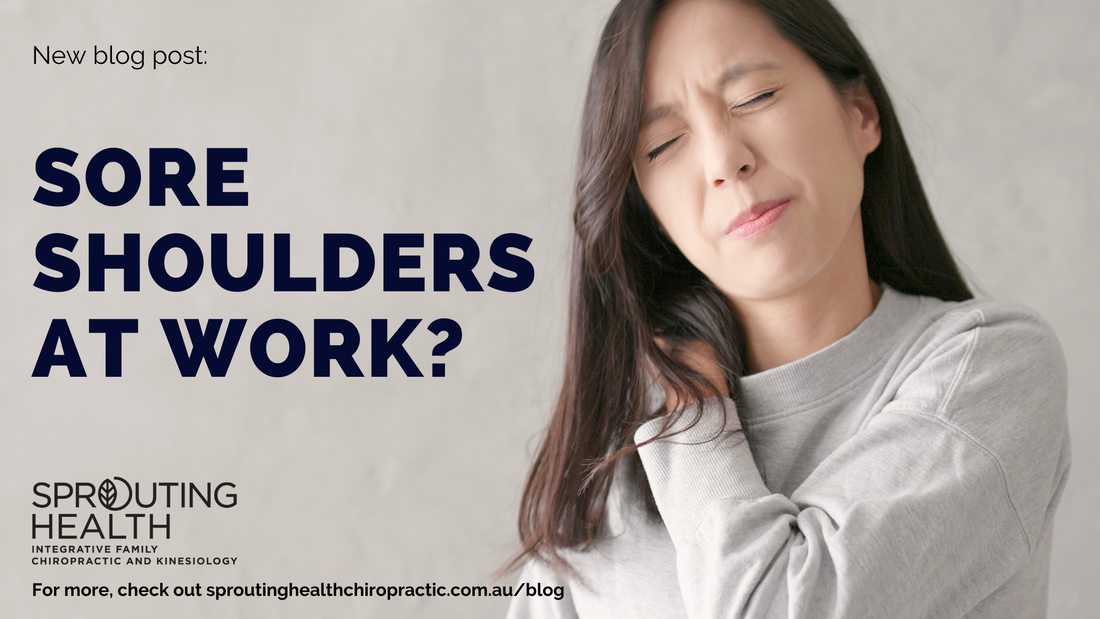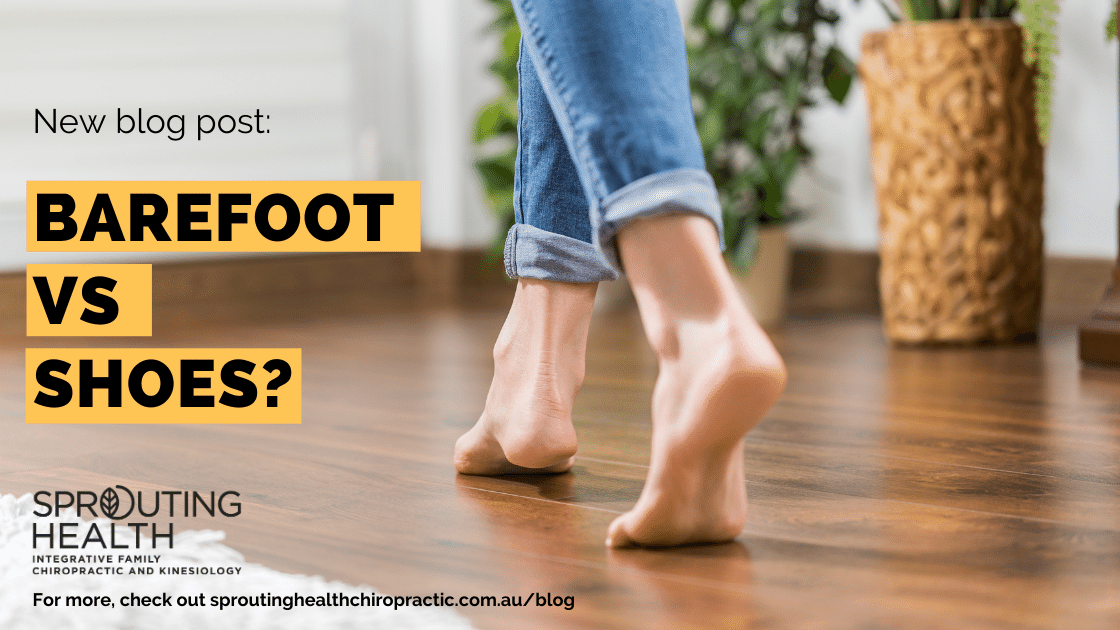|
Childhood sleep problems are common, and frequently reduce the wellbeing and functioning of both child and family. Sleep is a process vital to physical, mental, and emotional health throughout life. It is instrumental to cellular and tissue renewal, immunity, cognition, and behavioural regulation – among many other functions (1).
See out top 5 tips at the end of this article to help manage sleep issues and if you are interested in more detailed information about the research see our blog section on our website. Sleep problems can be a medical issue (something wrong with the child like an ear infection for example) or behavioural in origin. The majority of childhood sleep problems are behavioural in origin and there are training techniques developed to help manage this. It is suggested that less than 5% of distressed infants have identifiable medical explanations for their crying (4). Initially these more severe issues need to be ruled out by a health practitioner. Manual therapists offer a mix of health screening, education, advice, psychological support and touch therapy for these infants and parents. Manual treatment is based on the premise that infants may have musculoskeletal strains or limitations affecting comfort, feeding and gut motility causing distress (4). These issues are helped by managing musculoskeletal issue related to these factors. Many other related factors for unsettled infant behaviour have been explored including diet, developmental progress and parenting. Medicalising these symptoms is controversial as they are seen as self-limiting with infants normally settling after 12 weeks (4). However, coping with these infants during this period can be very difficult. The consequences of having an excessively crying infant in the family are harmful to relationships and health. Excessive infant crying is associated with maternal issues such as depression, anxiety and loss of parenting confidence. It is also a common cause of early breastfeeding cessation and has been associated with severe infant injury or death as a result of abuse (5). Sleep in the first year of life is documented in the literature as an important process necessary for growth and neurodevelopment. As such, efforts should be made wherever possible to protect and preserve sleep. For healthy infants, this involves teaching parents the importance of sleep, as well as what to expect as sleep evolves. It is important for parents to help their infants develop self-soothing techniques, so that beginning at 3 months, infants can better consolidate sleep during the night (1). Some tips for better management of sleep issues are: First, ensure a consistent bedtime routine and good sleep hygiene. The latter includes:
For more details about where to get a referral for sleep training, or for more help managing problems related to musculoskeletal issues related to sleep comfort, contact us here at Sprouting Health. References
0 Comments
Chiropractors are often one of the first practitioners a patient will see following a motor vehicle accident, sports injury or other acute trauma. They are often also one of the practitioners seen for help with associated conditions (eg musculoskeletal issues) after suffering months of chronic post-traumatic concussion syndrome (1).
Concussion is a brain injury defined as a complex pathophysiological process affecting the brain, induced by biomechanical forces. Subtle findings of head injury may be missed in emergency settings because of time constraints or because symptoms and signs have a late onset of presentation. This is true of low-grade brain injury and hematomas, which may have serious complications later. Symptoms of brain injury can be delayed. Therefore, because an emergency department or other medical provider “cleared” a patient, it does not mean that brain injury is not present. Therefor it is wise to see a chiropractor to have a thorough history and examination if you have suffered recent history of head trauma (2). The Canadian Institute for Health Information (CIHI) reported that over a one-year period (2016-2017) non-sport related concussion (non-SRC) accounted for the majority (74%) of all brain injuries presenting to emergency departments in Ontario and Alberta, with sport-related concussions (SRCs) therefore only being responsible for the remaining 26%. With that in mind, the CIHI also reported that the number of emergency department visits for SRC has increased by almost 28% over the last five years (1). In 1993, Dalby presented a narrative review of chiropractic management of head trauma, such as that occurring from car accidents, sports, or other injuries. The article explains neuromusculoskeletal conditions that patients experience after head injury are those that chiropractors help manage, such as headache, vertigo, neck pain, and back pain (3). There is evidence describing chiropractic care is beneficial for the management of concussion with multi-modal treatment plans. This may include sub-symptomatic threshold exercise, vestibulo-ocular rehabilitation, spinal manipulation, soft-tissue therapy, and dietary modification during the management of both sport and non-sport related concussion (3). If you or someone you know has experienced a head injury or symptoms post head injury, call us or message us on Facebook to see whether we can help you! References 1. Dalby BJ. Chiropractic diagnosis and treatment of closed head trauma. Journal of Manipulative and Physiological Therapeutics. 1993 Jul-Aug;16(6):392-400. 2. Ellis MJ, Leddy J, Cordingley D, Willer B. A Physiological Approach to Assessment and Rehabilitation of Acute Concussion in Collegiate and Professional Athletes. Front Neurol. 2018;9:1115. Published 2018 Dec 20. doi:10.3389/fneur.2018.01115 3. Germann D, Marshall C, Kazemi M. Multi-modal management of sport and non-sport related concussion by chiropractic sports specialists: a case series. J Can Chiropr Assoc. 2020;64(3):214-226. Shoulder pain may occur frequently at work, specifically for workers constantly using their arms and hands. These workers can range from office workers, to baristas, to professional athletes. The repetitive or static motion of the upper limbs can potentially put pressure on one muscle called the upper trapezius. This in turn could possibly cause neck pain in some individuals.
One study had shown a strong association between trapezius muscle tenderness and neck/shoulder pain in office workers. Tenderness was more common in women than in men (23% vs. 7%)2. Another study had shown a high prevalence of work-related muscle disorders, particularly in the shoulders (57.9%) and neck (54.3%) among cooks and restaurant workers1. As there is no particular reason to why an increased in trapezius tenderness is associated with neck/shoulder issues, it is possible to be influenced by multiple sources. One source would be the serratus anterior muscle (known as the punching muscle). A study had shown a significant correlation (48.3%) between serratus anterior strength and upper trapezius pain1. Serratus anterior weakness may lead to shoulder dysfunction, impingement or abnormal scapular movements resulting with an overuse of the upper trapezius muscle3. However, these results are not conclusive as no study has shown direct causal relationship at the moment. However, if you experience shoulder pain especially at work, check in with us at Sprouting Health Chiropractic. It just might be related to weakness of another muscle. Let us find out! References: 1. Hwang U, Kwon O, Chung H, Jeon H, Weon J, Ha S. Predictors of upper trapezius pain with myofascial trigger points in food service workers. Medicine [Internet]. 2017 June;96(26):7252. 2. Brandt M, Sundstrup E, Jakobsen MD, Jay K, Colado JC, Wang Y, Zebis MK, Andersen LL. Association between Neck/Shoulder Pain and Trapezius Muscle Tenderness in Office Workers. Pain Res Treat [Internet]. 2014; doi: 10.1155/2014/352735 3. Page P. Shoulder muscle imbalance and subacromial impingement syndrome in overhead athletes. Int J Sports Phys Ther. 2011;6(1):51-58. We live in a world where most of us use and need our feet a lot of the time in activities of daily living in our life. Is considering the type of footwear or eliminating it all-together at times a factor to consider in our health and well-being?
As far back as Ancient Greek times, philosophers described how ill-fitting sandals caused diseases of the foot. So, are today’s shoes supporting us enough and maintaining the strength and stability we need? According to the American Podiatric Medical Association in 2014, we are getting shoes very wrong and 77% of Americans report suffering from painful, debilitating foot conditions (3). Researchers from University of Johannesburg, compared feet from 2000 year old skeletons, concluding that before shoes people had healthier, stronger feet. Another study look at South African and German feet, and those that went regularly barefoot had healthier feet with higher overall arches and straighter big toes, than European shoe wearers, giving us a wider base of support under our body. The regularly barefoot also had less characteristics like flat feet, deformed big toes and bunions and they had better flexibility and pliability of their feet (2). It appears the more barefoot time we have from a younger age onwards the better. It has been found regularly that barefoot kids scored much higher in balance and motor skills than their shoe counterparts. A decade long study also found shoes off feet kids in the classroom improved concentration, behaviour and academic performance (1). So what does this all suggest and what are the considerations for you? Shoes appear to wear our feet in, not the other way around if they are restricting. Use every opportunity to be safely barefoot to stimulate your feet and body in a positive manner, because the benefits suggest short, medium and long-term gains. If you or someone you know is experiencing health issues related to their feet, have a chat with one of our chiropractors and see whether we can help support and manage your musculoskeletal issues that arise with this! References
SUV’s are getting very popular in our community. Accounting to news.com.au, Aussies buy twice as many SUVs as sedans now, and utes. There are lots of factors for us to pick our dream car – have you considered your health as one of them?
The major difference between a SUV and sedan would be height and size. The higher the car dimensions means the higher the seat could be. When considering ergonomics and driving for a prolonged period of time, the height of the car seat plays an important role in a driver’s comfort. Multiple studies looked into the health and associated risk factors of professional drivers (Truck drivers, bus drivers, etc.).(1-3) They found a high percentage of professional drivers have musculoskeletal problems (neck pain and lower back pain), a higher rate of lung cancer (almost 20% higher than non-driver) and digestive problems such as indigestion and reflux.(1-3) The cause of their occupational health problems is multifactorial, including exposure to a prolonged period of vibrations, poor ergonomics, increased spinal load, heavy lifting, and exposure to exhaust gas, etc.(1-3) Moreover, researchers looked deeper into those drivers who experienced fewer musculoskeletal problem. The likelihood of getting sore muscles significantly lower when the driver’s hip is at knee height and arms are below shoulders while driving.(2) Coming back to daily commuters, a higher seat and head clearance height would provide advantages for the driver to stay in a more favorable posture. ONE MORE big factor contributing to driving associated neck or shoulder pain is the recline angle. Drivers bend their neck forward when the car seat is reclined too far back (almost flat). Recent research indicates the loading to the cervical spine in a flexed forward position can cause up to 4 times the original shearing load and up to 1.6 x compression loading through the neck (4). For these reasons SUV is the winner! For people who love to drive a smaller sedan in the city, sports car or you have health issue that is impractical to climb up to a higher car, we have a simple solution for you. Prevention! Prevention! Prevention! Adjust your seat height, follow proper ergonomics, put a cushion underneath, use a neck pillow. If you or your love ones are experiencing health issues that maybe associated with prolonged driving or sedentary posture, have a chat with our chiropractors and see whether we can help manage your issues! References 1. Tsoi CT, Tse LA. Professional drivers and lung cancer: a systematic review and meta-analysis. Occupational and environmental medicine. 2012;69(11):831-6. 2. Bovenzi M. A prospective cohort study of neck and shoulder pain in professional drivers. Ergonomics. 2015;58(7):1103-16. 3. Taklikar C. Occupational stress and its associated health disorders among bus drivers. Int J Community Med Public Health. 2016;3(1):208-11. 4. Barrett JM, McKinnon C, Callaghan JP. Cervical spine joint loading with neck flexion. Ergonomics. 2020;63(1):101-8. |
AuthorBlogs by the team at Sprouting Health Archives
July 2024
Categories |





 RSS Feed
RSS Feed
